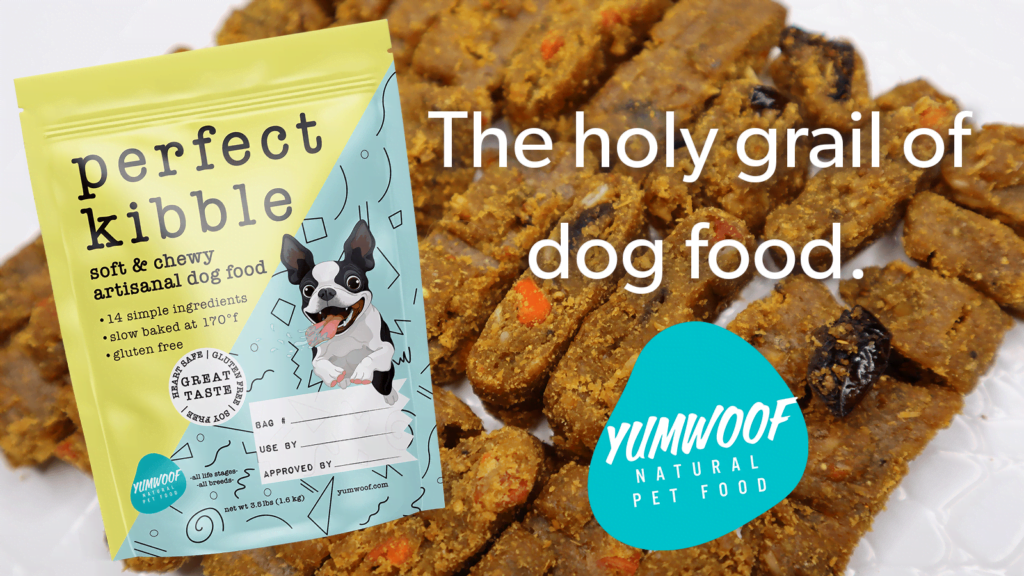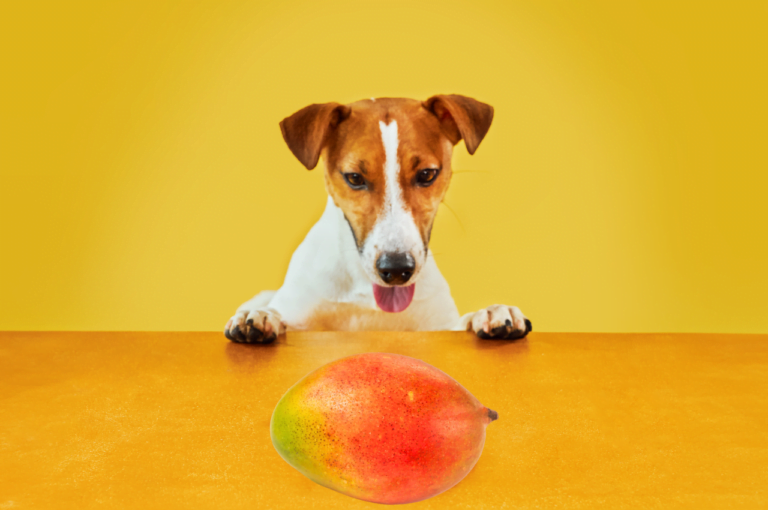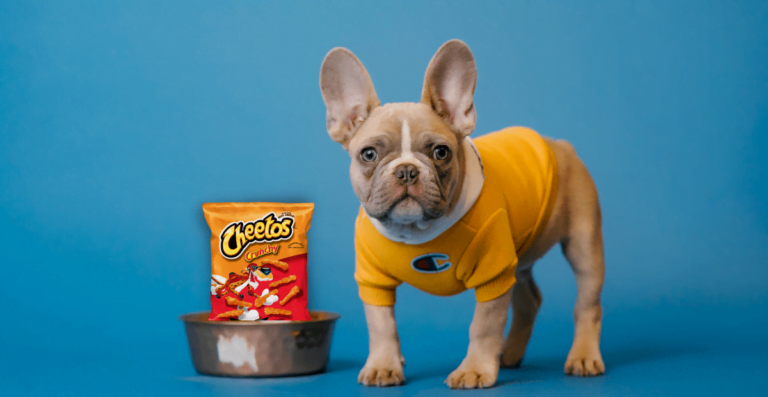How to brush your dog teeth | A Guide to Brushing Your Dog’s Teeth
Brushing your dog’s teeth is an important aspect of maintaining their overall health and well-being. Just like in humans, dental problems in dogs can lead to serious health issues if left untreated. Plaque and tartar buildup can cause inflammation, gum disease, and tooth loss, which can lead to pain and difficulty eating. Regular dental care, including brushing and professional cleanings, can help to prevent these problems and keep your dog’s mouth healthy.
There are many benefits to regularly brushing your dog’s teeth. In addition to preventing dental problems, regular dental care can also help to freshen your dog’s breath and improve their overall dental hygiene. It can also save you money in the long run by reducing the need for costly dental procedures. And, of course, your dog will likely appreciate the attention and affection that comes with the brushing process.
Gathering supplies
Toothbrush: It’s important to use a toothbrush specifically designed for dogs. These brushes often have softer bristles and a longer handle to help you reach all areas of your dog’s mouth. There are a variety of toothbrush styles available, including traditional brushes, finger brushes, and brushes that fit over your finger. Choose the type that you feel most comfortable using and that your dog seems to respond to best.
Toothpaste: It’s important to use toothpaste specifically made for dogs, as human toothpaste can be toxic to dogs. Dog toothpaste is formulated to be safe for ingestion and comes in flavors that dogs find appealing, such as chicken or beef.
Towel or washcloth: It’s a good idea to have a towel or washcloth on hand to wipe your dog’s face after brushing and to clean up any excess toothpaste.
When choosing a toothbrush and toothpaste for your dog, consider your dog’s size and breed. Smaller dogs may do better with a finger brush or a brush that fits over your finger, while larger dogs may need a traditional toothbrush with a longer handle. Also, consider your dog’s preferences.
Some dogs may be more receptive to a certain type of toothbrush or toothpaste flavor. It may take some trial and error to find the right combination for your dog.
Preparation
Before you begin brushing your dog’s teeth, it’s important to introduce them to the toothbrush and toothpaste gradually. This will help to make the experience less intimidating and more enjoyable for your dog.
Here are some tips for introducing your dog to the toothbrush and toothpaste:
- Let them sniff and lick the toothpaste: Allow your dog to sniff and lick the toothpaste to get them used to the flavors and textures. You can also let them play with the toothbrush to get them comfortable with it.
- Start slowly: Begin by lightly brushing the outer surfaces of your dog’s teeth for a few seconds at a time. Gradually increase the duration of the brushing sessions as your dog becomes more comfortable.
- Use positive reinforcement: Offer your dog plenty of praise and treats during the brushing process to reinforce the positive experience.
By following these steps, you can help your dog become more comfortable with the idea of having their teeth brushed. It may take some time and patience, but with consistent training and positive reinforcement, your dog will soon learn to associate the brushing process with love and attention.
Brushing technique
Once your dog is comfortable with the toothbrush and toothpaste, it’s time to begin the actual brushing process. Here are some tips for brushing your dog’s teeth effectively:
- Lift your dog’s lip: Gently lift your dog’s lip to access their teeth. Be careful not to pull too hard or cause discomfort.
- Use a circular motion: Use a circular motion to brush the outer surfaces of your dog’s teeth. Be sure to cover all of the visible teeth and use gentle pressure.
- Brush the back teeth: It can be more difficult to reach the back teeth, so you may need to lift your dog’s lip and use a finger brush or a piece of gauze wrapped around your finger to clean these teeth.
Remember to be patient and take breaks if your dog becomes agitated or upset. The goal is to make the experience as positive and stress-free as possible.
It’s also a good idea to have someone hold your dog’s head still while you brush their teeth. This will help to keep them still and make the process easier for you.
How to brush dog teeth when they refuse
If your dog resists brushing or has severe dental issues, there are a few things you can try to make the process easier:

- Use a distracting treat: Try offering your dog a tasty treat during the brushing process to distract them and make it more enjoyable.
- Try a different toothpaste flavor: Some dogs may be more receptive to certain flavors of toothpaste. If your dog doesn’t seem to like the toothpaste you are using, try a different flavor.
- Use a calming aid: If your dog is particularly anxious or resistant, you may want to try using a calming aid such as a pheromone spray or calming music to help relax them during the brushing process.
If your dog continues to resist brushing or has severe dental problems that require professional attention, it’s best to consult with a veterinarian or a professional dog dental cleaner. These professionals have the training and expertise to provide the necessary care for your dog’s dental health.
When to seek professional help for dental issues
There are a few situations in which it’s a good idea to seek professional help for your dog’s dental issues:
Severe dental problems: If your dog has severe dental problems such as broken teeth, abscesses, or advanced gum disease, it’s best to consult with a veterinarian or a professional dog dental cleaner. These professionals have the training and expertise to provide the necessary care for your dog’s dental health.
Dental issues that persist despite at-home care: If you have been brushing your dog’s teeth regularly and providing at-home dental care, but their dental issues persist, it may be time to seek professional help. A veterinarian or professional dental cleaner can assess your dog’s mouth and determine the best course of treatment.
Dogs who are resistant to at-home care: If your dog refuses to cooperate with the at-home dental care process or becomes agitated or distressed, it may be necessary to seek professional help. A veterinarian or professional dental cleaner can provide sedation or other methods to help your dog through the process.
Remember that regular dental care is important for your dog’s overall health and well-being.
Conclusion
In conclusion, dental care is an important aspect of maintaining your dog’s overall health and well-being. Brushing your dog’s teeth regularly can help to prevent dental problems such as plaque and tartar buildup, gum disease, and tooth loss. Regular dental care can also freshen your dog’s breath and improve their overall dental hygiene.
It’s important to make brushing a regular part of your dog care routine. The frequency of brushing will depend on your dog’s individual needs and the recommendations of your veterinarian. Most dogs should have their teeth brushed at least once a week, but some may require more frequent brushing.
By following the steps outlined in this guide and seeking professional help when necessary, you can help to keep your dog’s mouth healthy and prevent dental problems. With consistent dental care and positive reinforcement, you can help your dog learn to associate the brushing process with love and attention.
Subscribe to our weekly newsletter below and never miss the latest article.








